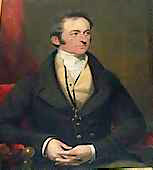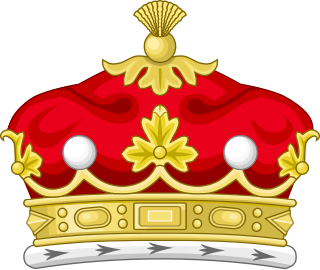 W
WClan Dundas is a Scottish clan.
 W
WDundas Castle is a 15th-century castle, with substantial 19th-century additions by William Burn, in the Dalmeny parish of West Lothian, Scotland. The home of the Dundas family since the Middle Ages, it was sold in the late 19th century and is currently the residence of politician and businessman Sir Jack Stewart-Clark. The tower house and the adjoining Tudor-Gothic mansion are listed separately as Category A buildings, and the grounds are included in Inventory of Gardens and Designed Landscapes in Scotland.
 W
WCharlotte Dundas is regarded as the world's second successful steamboat, the first towing steamboat and the boat that demonstrated the practicality of steam power for ships.
 W
WLawrence Dundas, 1st Earl of Zetland was a Scottish MP who sat in the House of Commons from 1790 to 1820 when he was raised to the peerage.
 W
WSir Lawrence Dundas, 1st Baronet was a Scottish businessman, landowner and politician.
 W
WViscount Melville, of Melville in the County of Edinburgh, is a title in the Peerage of the United Kingdom.
 W
WRear Admiral Hon. George Heneage Lawrence Dundas CB was a senior officer in the Royal Navy. As a junior officer he came to prominence due to his brave conduct during a fire on the first-rate HMS Queen Charlotte. As a result of this he was appointed to the command of the sixth-rate HMS Calpe in which he took part in the Battle of Algeciras Bay in July 1801 during the French Revolutionary Wars. After serving for four years as Whig Member of Parliament for Richmond, he was given command of the fifth-rate HMS Euryalus and took part in the unsuccessful Walcheren Campaign in July 1809 during the Napoleonic Wars. He transferred to the third-rate HMS Edinburgh and landed troops at Viareggio in Italy in November 1812 later in that War. He went on to be Member of Parliament for Orkney and Shetland and became First Naval Lord in the First Melbourne ministry in August 1834 but died in office just two months later in October 1834.
 W
WDundas House is a Neoclassical building in Edinburgh, Scotland. It is located at 36 St Andrew Square, in the city's first New Town. The building was completed in 1774 as a private town house for Sir Lawrence Dundas by the architect Sir William Chambers. Much altered internally and extended over the years, today it is the registered office of the Royal Bank of Scotland and its parent, NatWest Group and is protected as a category A listed building.
 W
WHenry Dundas, 1st Viscount Melville, PC, FRSE, styled as Lord Melville from 1802, was a Scottish advocate and independent Whig politician. He was the trusted lieutenant of British prime minister William Pitt, and the most powerful politician in Scotland in the latter decades of the 18th century.
 W
WMarquess of Zetland is a title in the Peerage of the United Kingdom. It was created on 22 August 1892 for the former Lord Lieutenant of Ireland, Lawrence Dundas, 3rd Earl of Zetland. Zetland is an archaic spelling of Shetland. The Dundas family descends from the wealthy Scottish businessman and Member of Parliament, Lawrence Dundas. In 1762 he was created a Baronet, of Kerse in the County of Linlithgow, in the Baronetage of Great Britain. The title was created with remainder, failing heirs male of his own, to his brother Thomas Dundas and the heirs male of his body. He was succeeded by his son, the second Baronet. He represented Richmond and Stirling in the House of Commons and also served as Lord Lieutenant of Orkney and Shetland. In 1794 he was created Baron Dundas, of Aske in the North Riding of the County of York, in the Peerage of Great Britain. Lord Dundas notably purchased the right to the earldom of Orkney and lordship of Zetland from James Douglas, 14th Earl of Morton.